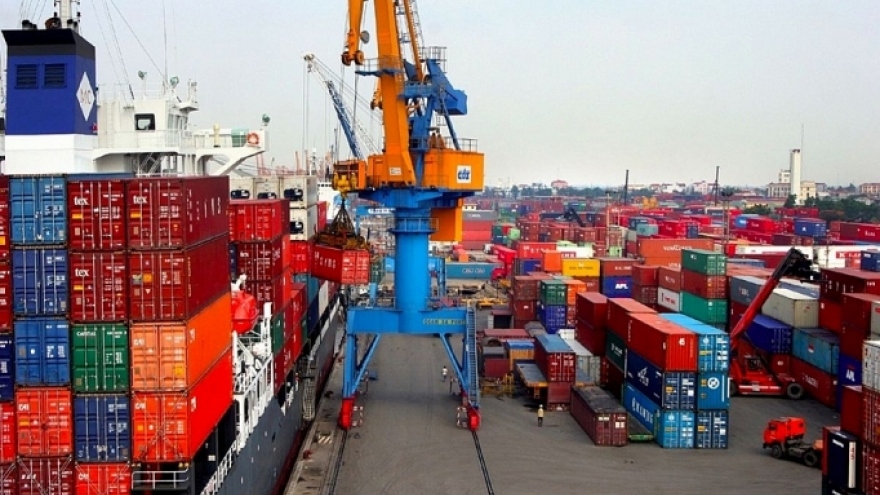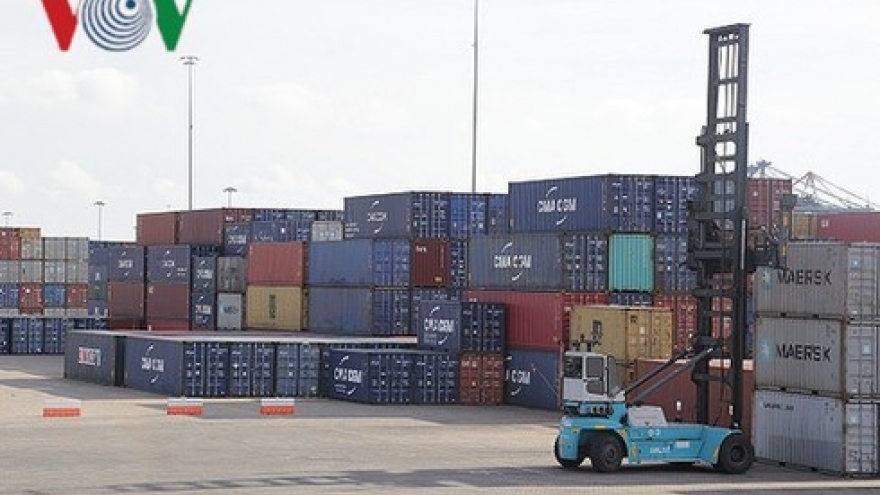Agricultural trade surplus climbs above US$5 billion mark
VOV.VN - The nation’s agro-forestry-fishery exports reached US$3.4 billion in July, up 4.6% from the previous month, according to the Ministry of Agriculture and Rural Development (MARD).
The figures released by the MARD indicate that the forestry and fishery sector continued to show signs of recovery whilst regaining export growth momentum.
Moreover, the export value of key forestry products stood at US$1.1 billion, up 9.8%, while aquatic products reached US$780 million, a rise of 8.4%.
Meanwhile, exports of key farm products were estimated to be at US$1.4 billion, down 1.0%, with husbandry at US$33 million, a drop of 2.7%.
The total export-import turnover of agro-forestry-fishery was an estimated US$39.5 billion during the first seven months of the year. Most notably, export turnover is reportedly at US$22.3 billion, while imports are at US$17.2 billion, representing an annual reduction of 2.8% and 4.6%, respectively.
Furthermore, the sector recorded a trade surplus of approximately US$5.2 billion, an increase of 3.8% on-year.
This comes despite the fishery sector witnessing an increase in export value during the opening seven months of the year with shrimp exports climbing to US$2 billion, an increase 21.1%. Elsewhere, tra fish suffered a drop in export value of US$828 million, a steep decline of 26.9%.
Strong growth can be seen in shipments of rice, which totaled US$1.9 billion, a rise of 10.9%, vegetables at US$414 million, up 9.6%, cassava at US$107 million, an increase of 101.8%, and cinnamon US$110 million, up 15.4%.
A number of key commodities witnessed a sharp decrease in terms of export value, such as rubber at US$864 million, down 19.5%, tea at US$111 million, a fall of 7.7%, pepper at US$395 million, a decline of 22.5%, and fruits at US$1.5 billion, a drop of 20.2%.
Overall, China holds the largest market share with export turnover totaling US$5.4 billion, a decline of 11.1%, whilst accounting for 24.1% of the country’s overall market share, followed by the United States, the EU, and ASEAN





